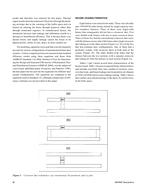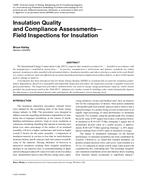In a follow-on to a previous article, examines the assertion that there is a net energy advantage for producing and circulating lower chilled water supply (CHS) temperature water at an expanded delta T as compared to 44°F CHS temperature at a 10°F delta T. Specifically, compares the relative power consumption of a chilled water system designed for 45°F CHS at a 10°F delta T across cooling coils, with a similar system designed for 42°F chilled water at a 14.3°F delta T. In either case, assumes that the same leaving air temperature is desired across the cooling coils. The only variables are the CHS temperature and delta T. Concludes from the results that unless system pumping head at 2.4 gpm/ton (0.043 mL/J) is well in excess of 100 ft (30 kPa), there is an energy penalty to design chillers for 42°F CHS at 14.3°F delta T as opposed to 45°F at 10°F delta T. If total head is well above 100 ft there will be energy savings at full load for designing for lower CHW supply temperatures at expanded delta Ts. If the pumping head is below 100ft, it is probably advantageous from an energy standpoint to maximise chiller efficiency by choosing a high CHS temperature such as 45°F.
Citation: ASHRAE Journal, vol. 40, no. 1, January 1998
Product Details
- Published:
- 1998
- Number of Pages:
- 6
- File Size:
- 1 file , 360 KB
- Product Code(s):
- D-9199


